The Century of Progress International Exposition was held on the shore of Lake Michigan in Chicago from May 27 until November 12, 1933. It proved to be so popular that it ran for a second year, from May 26 until October 31, 1934.
Many nationally known companies had exhibits at the Century of Progress. Philco used the occasion to display a special custom-made model 16 chairside radio with a separate speaker.
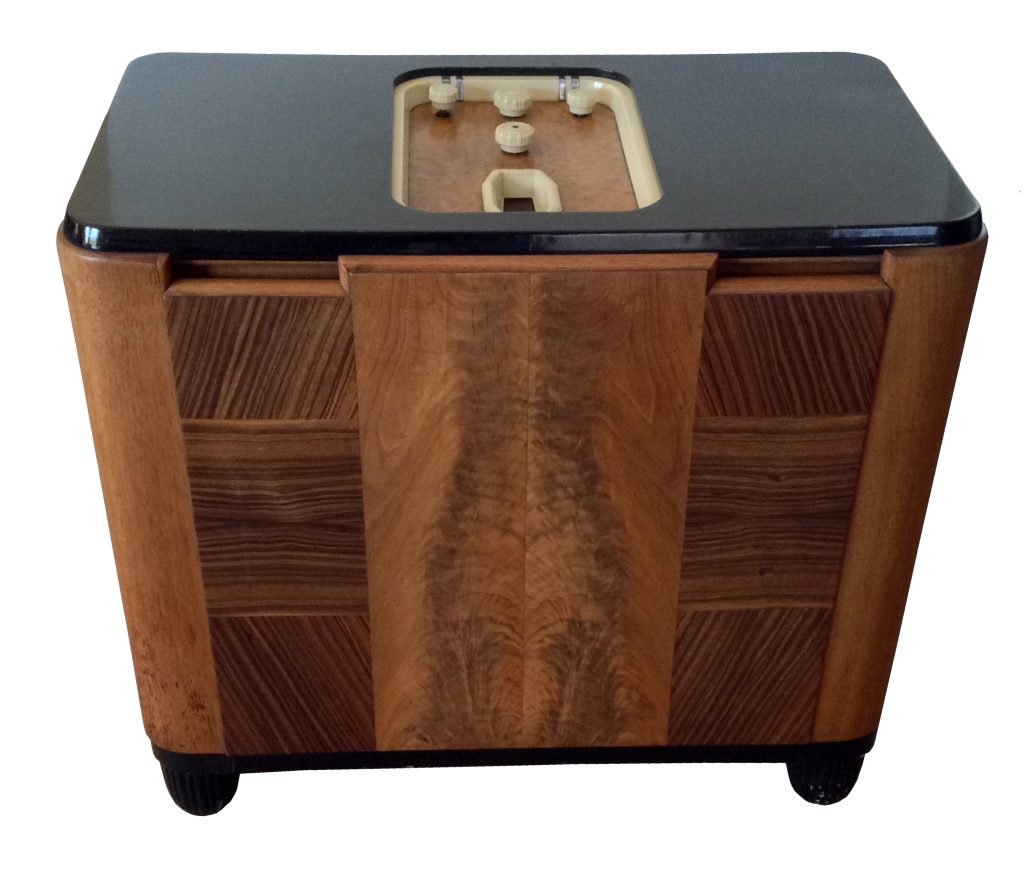
Designated model 16CPX (CP standing for Century of Progress, X indicating the inclined sounding board used in the speaker cabinet), the radio had been designed by Clyde Shuler, who designed most of Philco’s radio cabinets between 1932 and 1933. Philco accepted Shuler’s design for production on April 28, 1933 according to Philco Furniture History, an unpublished in-house looseleaf book which chronicled the various radio cabinets designed and built by Philco.
This special radio would use Philco’s all-new top of the line radio chassis. Model 16 used 11 tubes and featured coverage of the standard AM band as well as complete shortwave coverage, from 1.5 to 23 MHz, in four bands (the 1933-34 version of Model 16 had five bands in total to choose from, including the AM band). The radio included a squelch control, which Philco called Quiet Automatic Volume Control, or QAVC for short. It was intended to reduce noise between stations when tuning the shortwave bands.
The special 16CPX would include materials not normally used on Philco cabinets. The speaker cabinet had a stainless steel top and used ivory Catalin trim with stainless steel accents on both chairside and speaker cabinets. The dual cabinets used such exotic veneers as Zebrawood, Crotch Walnut, Macassar Ebony, and Myrtle Burl.
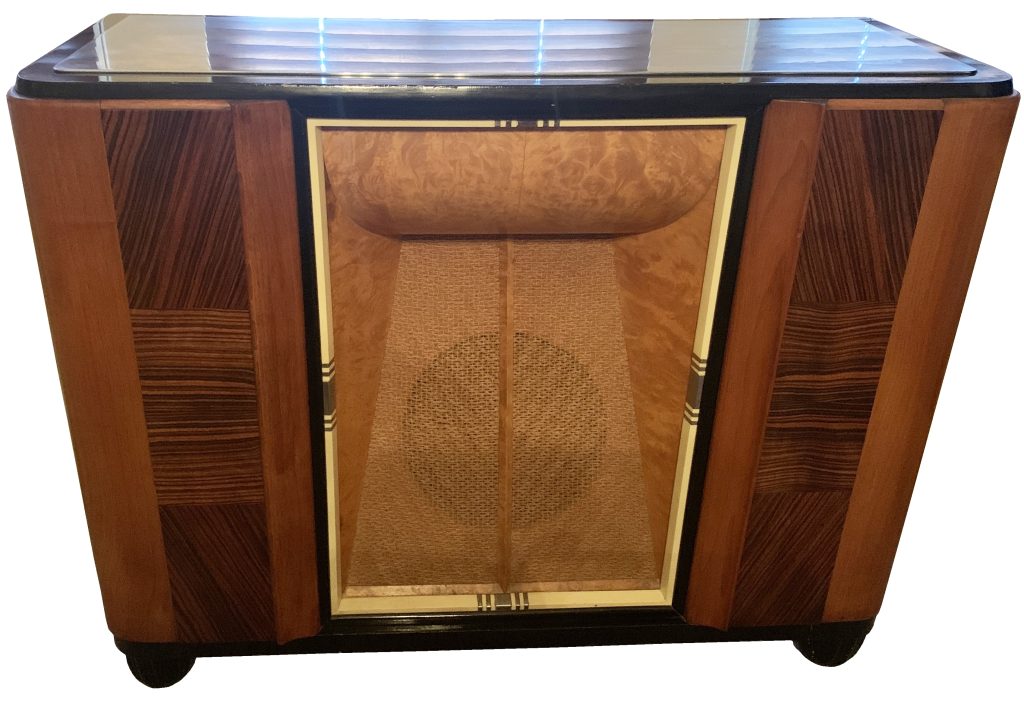
Philco built many of their radio cabinets in-house, while farming production of other cabinets to other companies. For the 16CPX, Philco selected the J.B. Van Sciver Company of Camden, New Jersey to build the very limited run of 75 cabinets. Production began on July 14, 1933 and ended on September 29, 1933.
Van Sciver was founded in 1881, and eventually opened furniture stores in Trenton, New Jersey; Wilmington, Delaware; and Allentown, Abington, Fairless Hills, Bala Cynwyd, and Lancaster, Pennsylvania.
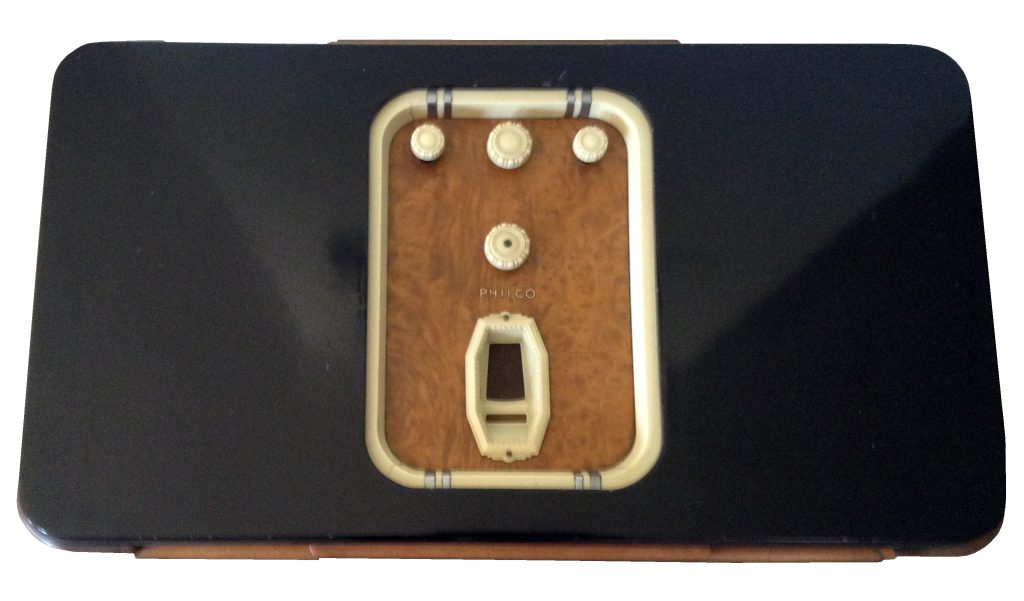
The 16CPX would be the only Philco cabinetry ever built by Van Sciver.
Dimensions of the chairside radio cabinet were in line with other Philco chairside cabinets of the time – 22½ inches high, 25½ inches wide, 14 inches deep. The speaker cabinet, however, was enormous – 31½ inches high, 40 inches wide, 14 inches deep. Indeed, the speaker cabinet dwarfs the 10½ inch Philco U-2 speaker installed inside, as you can see in the photograph below.
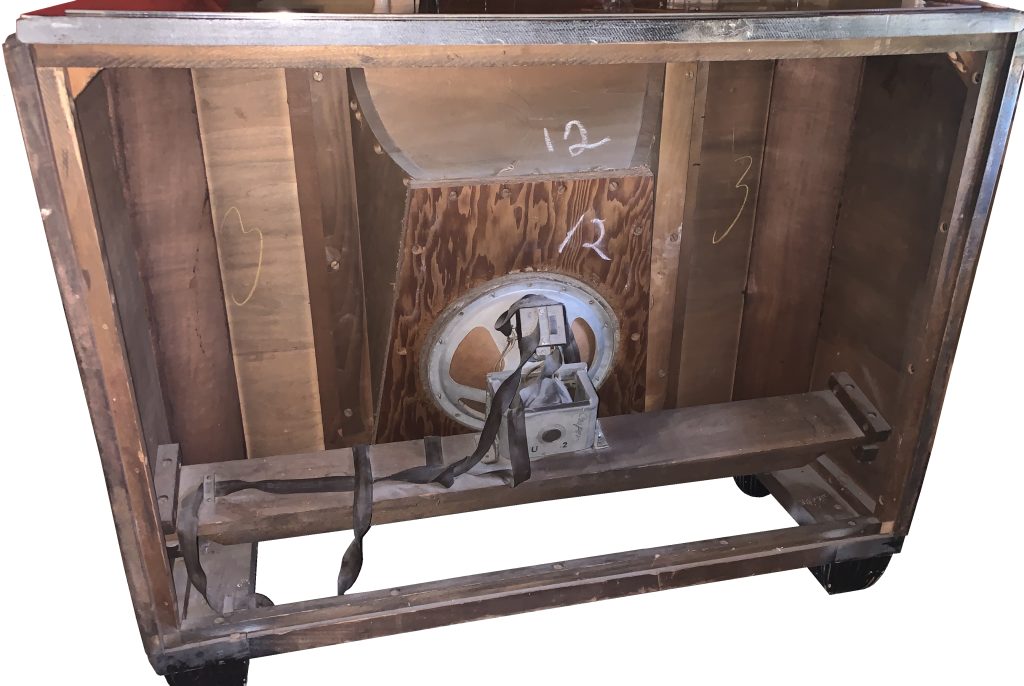
Priced at $600 in 1933 dollars – roughly the average price for a new car the same year and the equivalent of $13,094 in 2022 dollars – it was certain that Philco would not sell very many 16CPX models at a time when the country was in the depths of the Great Depression.
Following the 1933 Century of Progress, a 16CPX set was later displayed in various cities across the United States.
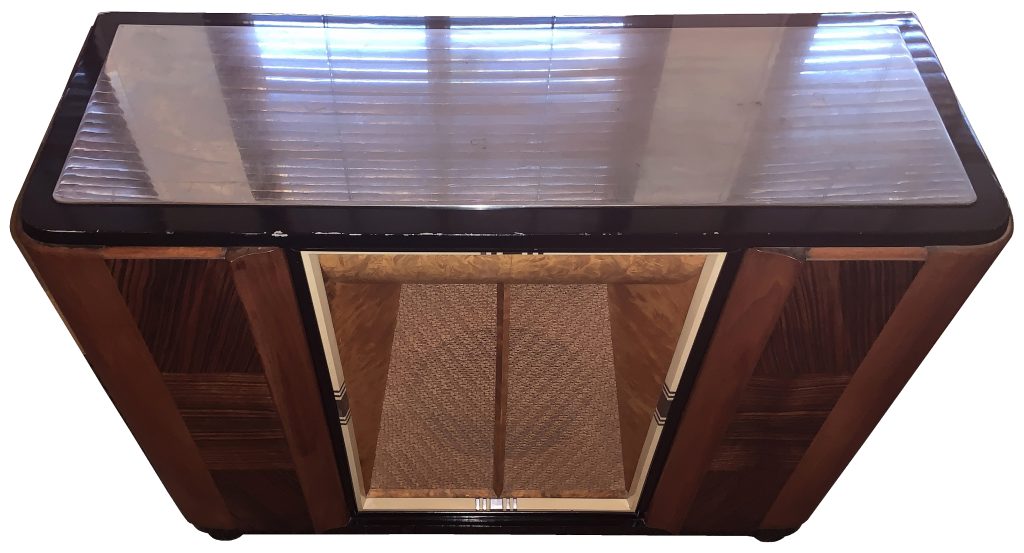
It is not known how many 16CPX sets were actually sold in 1933. Until recently, it was thought that none had survived as none of these sets had ever turned up within the radio collecting community. However, I was recently contacted by someone who has a 16CPX in their possession. The photographs above and below show off this unusual radio – obviously one of the rarest Philcos in existence.
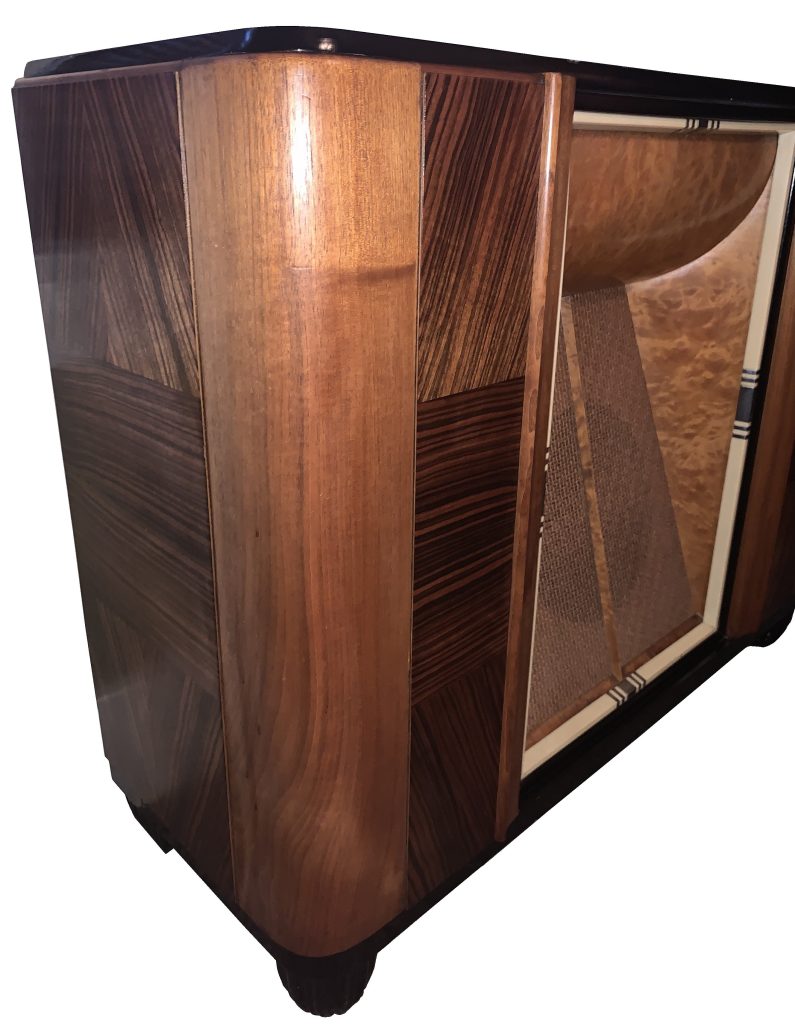
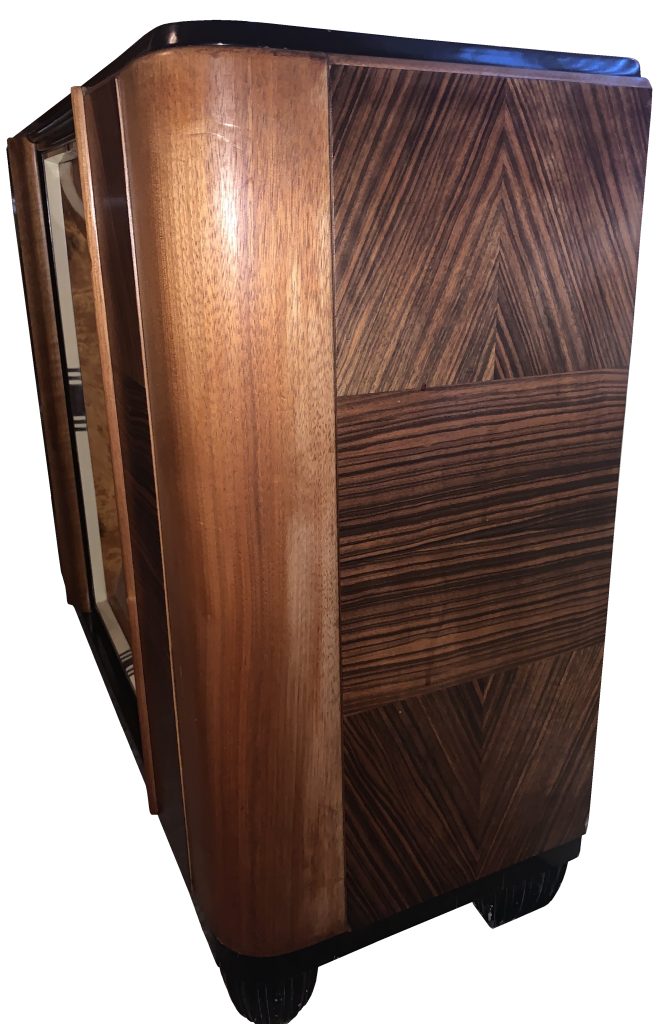
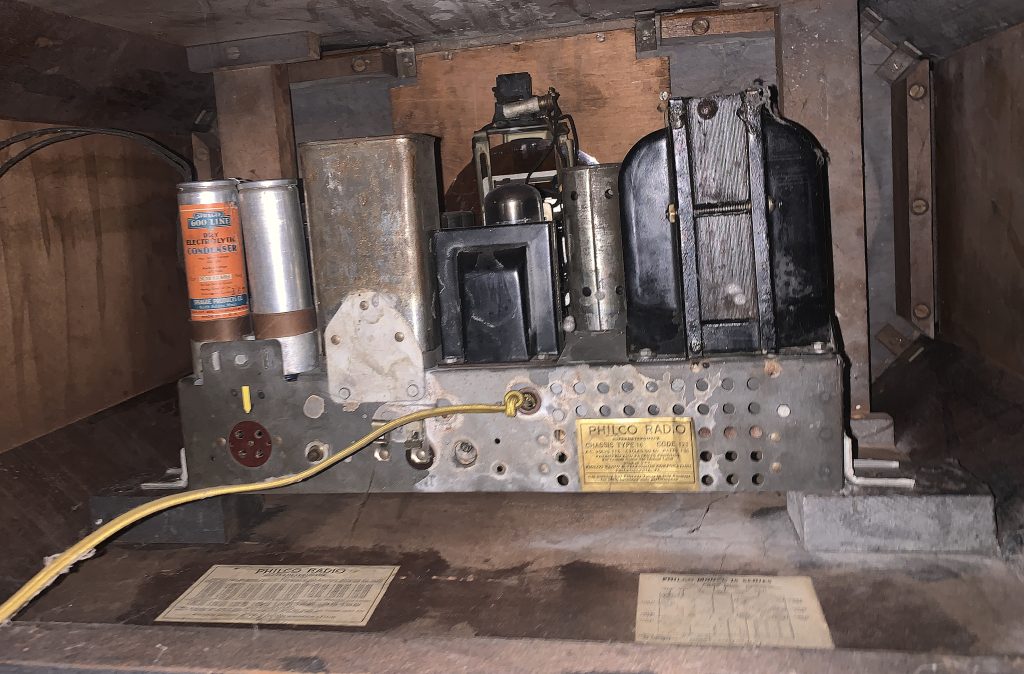
A side note for readers in Indiana or those in or near Chicago: The five futuristic houses which were exhibited at the Century of Progress were later moved to what is now Indiana Dunes National Park, which is located along Lake Michigan in northwestern Indiana. Of the five, four have been restored. Only the House of Tomorrow still awaits restoration. Please click here for more information.
Further reading:
Century of Progress (Wikipedia)
Chicagology – A Century of Progress – 1833-1933
Century of Progress Exposition – Encyclopedia of Chicago
Century of Progress: Unbelievable Homes You Have to See
Color photos of the 16CPX in this article courtesy of Harry Arends.